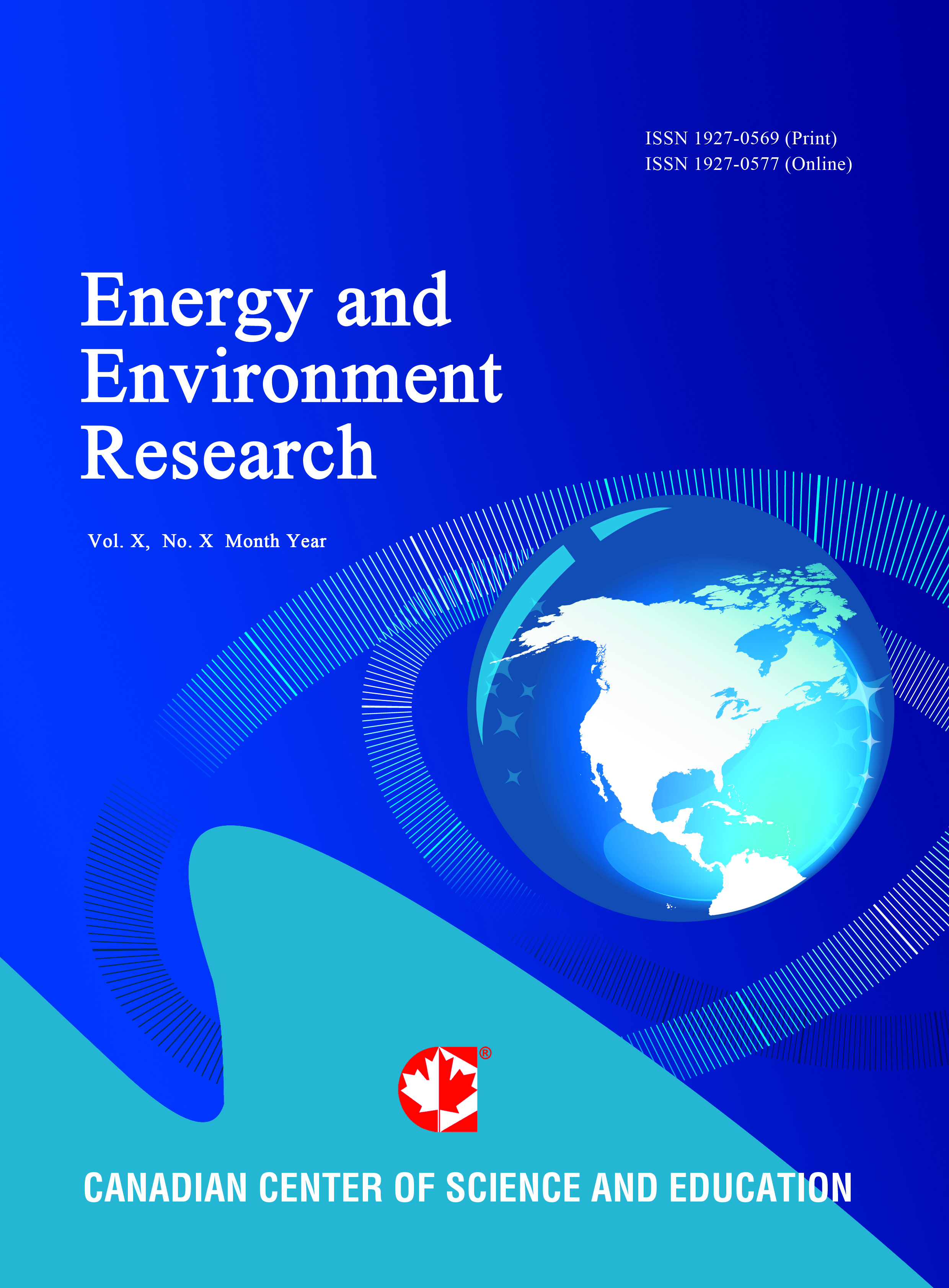Characterization of Biomass Bottom Ash from an Industrial Scale Fixed-Bed Boiler by Fractionation
- Adrian James
- Ronald Thring
- P. Rutherford
- Steve Helle
Abstract
It is expected that increasing amounts of energy will be generated from the direct combustion of biomass residues. However, biomass combustion processes are known to produce large amounts of bottom ash, resulting in ash storage and disposal problems. The presence of unburned carbon in some bottom ash suggests its potential for beneficial uses, such as an energy source. This comparative study characterizes two bottom ash samples obtained from an industrial scale fixed-bed boiler. The physical and chemical properties of each bottom ash, as well as their respective particle fractions obtained by sieving, are analyzed and discussed. Analyses included proximate and ultimate analysis, Brunauer–Emmett–Teller (BET) surface area, thermogravimetric analysis (TGA) and bulk density. The percent fixed carbon in the samples was 30% and 50%. The higher heating value (HHV) ranged from 5 - 25 MJ/kg for the ash samples when characterized within fractions. The boiler ash showed that 68 % or more of the energy could be recovered in fractions ? 425 µm for high carbon ash. Low carbon fractions of ash have four times the bulk density compared to the high carbon fractions. By reburning the larger fractions, ash volumes can be decreased by over 50%.
- Full Text:
 PDF
PDF
- DOI:10.5539/eer.v3n2p21
Journal Metrics
(The data was calculated based on Google Scholar Citations)
h-index (July 2022): 19
i10-index (July 2022): 53
h5-index (July 2022): N/A
h5-median(July 2022): N/A
Index
- BASE (Bielefeld Academic Search Engine)
- CiteFactor
- CNKI Scholar
- Elektronische Zeitschriftenbibliothek (EZB)
- Excellence in Research for Australia (ERA)
- Genamics JournalSeek
- Google Scholar
- NewJour
- Norwegian Centre for Research Data (NSD)
- PKP Open Archives Harvester
- Publons
- ROAD
- SHERPA/RoMEO
- Standard Periodical Directory
- Ulrich's
- Universe Digital Library
- WorldCat
Contact
- Lesley LuoEditorial Assistant
- eer@ccsenet.org
